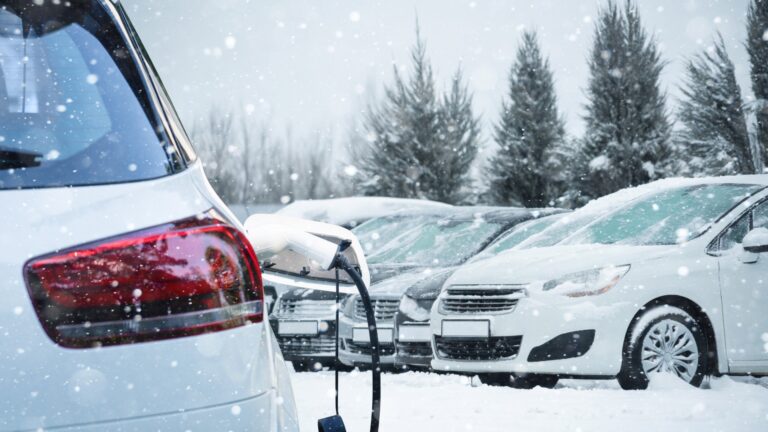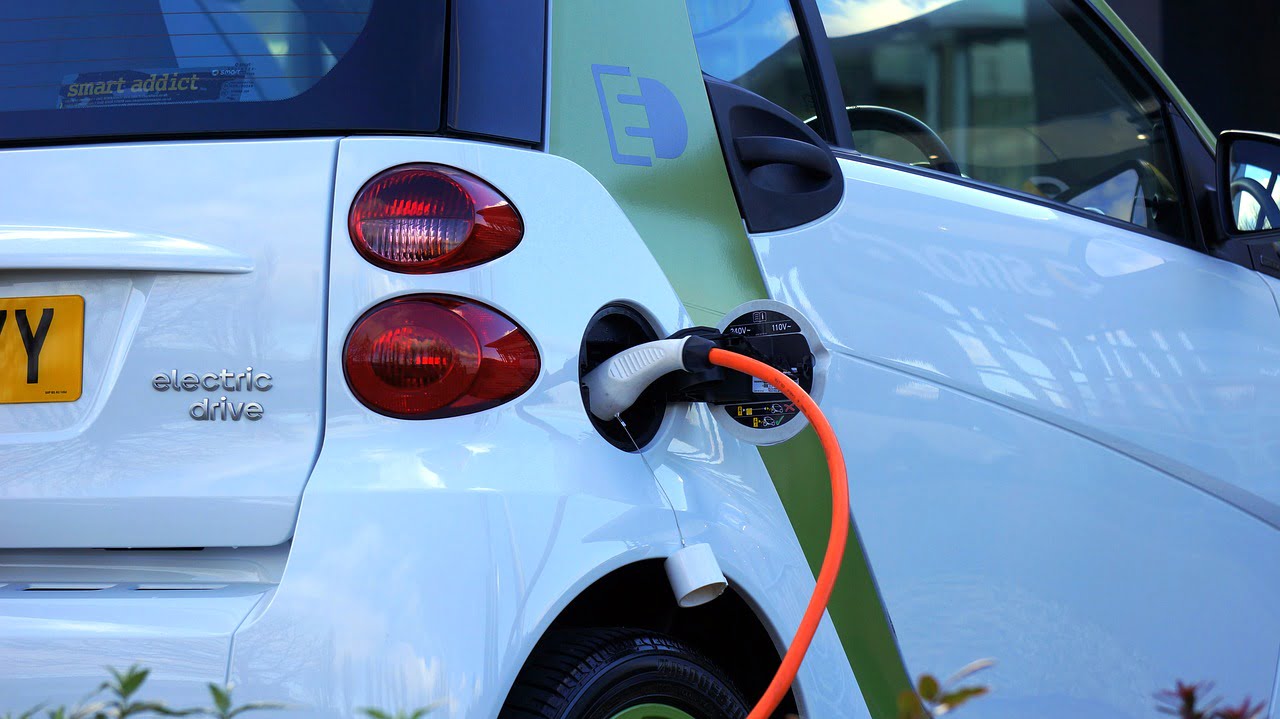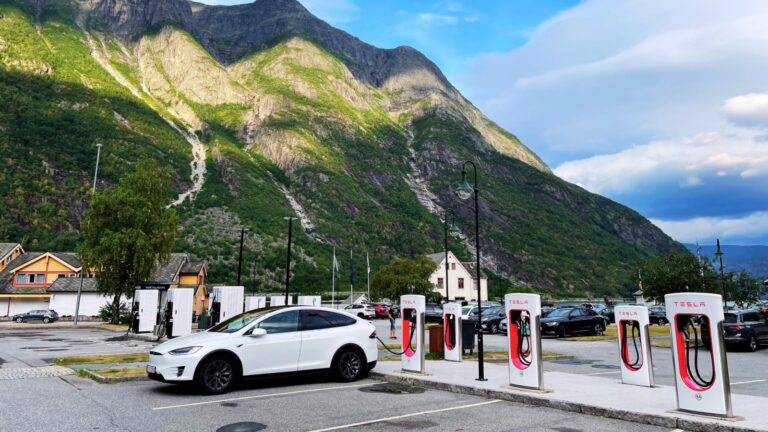International media love talking about the numbers of electric cars on Norwegian roads. But how exactly have electric cars in Norway become so popular? Let’s take a look at the full story.
Norway leads the world in electric car adoption, achieving levels of success unimaginable in most other countries.

By the end of 2024, more than 27% of registered cars in Norway were battery electric vehicles (BEVs), and nearly 89% of all new passenger cars sold that year were fully electric.
This remarkable transition is the result of long-term policies, financial incentives, and a strong commitment to sustainable transportation.
Here, we explore how Norway became a global leader in electric vehicles (EVs), the current state of the market, and what the future holds.
Norway’s Electric Revolution
The Norwegian fascination with electric cars is no passing trend. It is a carefully orchestrated revolution that began in the early 1990s.
Successive governments implemented a series of measures to make zero-emission vehicles not only viable but attractive to consumers. In fact, it goes far beyond electric vehicles. Norway wants to electrify travel, full stop.
Norway’s achievements are unique, not because Norwegians are inherently more environmentally conscious than others, but because of strong, consistent policies and a long-term vision.
The numbers speak for themselves. In 2024, 88.9% of new passenger cars sold were fully electric, compared to 82.4% in 2023. This has been a steady climb, with each year breaking records.

By comparison, only 20% of new car registrations in the UK in 2024 were EVs, and just 8% in the United States.
Why Norway Leads the World in Electric Cars
Norway’s EV success story can be traced back to its tax policies, which were first introduced in the early 1990s.
At that time, the Norwegian government began to waive import taxes and purchase fees for electric vehicles (EVs), marking the beginning of a long-term commitment to zero-emission mobility.
The “polluter pays” principle underpins Norway’s car taxation system, where vehicles with higher emissions face significantly higher purchase taxes. In contrast, zero-emission vehicles benefited from complete exemptions from these taxes for decades, making them a financially appealing choice.
From 2001, EVs were also exempted from the 25% value-added tax (VAT), a considerable saving given Norway’s traditionally high car prices. These early measures were bolstered by other financial incentives, such as free access to toll roads and ferries, and exemptions from annual road taxes.
Over time, non-financial perks like access to bus lanes and free municipal parking in urban centres further encouraged EV adoption.
Even with recent adjustments, such as the introduction of VAT on the portion of an EV’s price exceeding NOK 500,000 and a small purchase tax based on vehicle weight, EVs remain far more affordable than their petrol or diesel counterparts.
Additionally, local authorities limit EV toll road charges to 70% of what ICE vehicles pay, while ferry fares for EVs are capped at 50% of standard rates.
Together, these incentives have created an environment where purchasing an EV is not just an environmentally conscious choice but also an economically sound one.

Over time, what began as a niche market has transformed into an ecosystem where EVs are not merely an alternative but the default choice for many Norwegians.
The 2025 Zero-Emission Goal
Norway is on the cusp of achieving a historic milestone: by 2025, all new cars sold in the country are expected to be zero-emission vehicles. This ambitious, non-binding target was first introduced in 2017 and has since driven both policy and market behaviour.
At the end of 2024, nearly 30% of all cars on Norwegian roads were fully electric, and with the current trajectory, the 2025 target is well within reach.
Unlike other countries pursuing similar goals, Norway’s approach has been one of gradual incentivisation rather than outright bans. The strategy has ensured public support, as consumers feel encouraged rather than coerced. This nuanced approach has been critical to the programme’s success.
How Electric Cars Have Changed in Norway
The Norwegian EV market has matured significantly over the past decade. Early adopters favoured compact, affordable models like the Nissan Leaf.
Today, luxury brands and long-range models dominate the market, with the Tesla Model Y leading sales in 2024, followed by the Tesla Model 3 and the Volvo EX30.
Infrastructure has evolved alongside consumer preferences. In the early 2010s, concerns about charging infrastructure were a barrier for many potential buyers.
Since then, Norway has established a comprehensive charging network. As of 2022, there were over 5,600 fast-charging stations, with sufficient capacity to charge more than 27,000 cars simultaneously. Every major highway now features fast-charging points, making long-distance travel seamless.
Moreover, legislation has supported EV owners living in apartment buildings, granting them the right to install home charging facilities. This has resolved a significant challenge faced by urban residents, ensuring that the convenience of owning an EV extends to all living situations.
Driving and Charging in Norway
Charging an EV in Norway is now easier than ever. If you’ve never driven one, check out our complete guide to driving an electric car in Norway.
Most owners rely on home charging, but the option to fast charge is available nationwide for longer trips. Public fast chargers are strategically located along highways, at shopping centres, and even at former petrol stations.

By 2024, many fuel pumps had been replaced by fast chargers, and companies like Circle K predict that within a few years, their charging stalls will outnumber petrol pumps.
Charging costs in Norway are competitive. While home charging remains the most affordable option, fast chargers provide convenience for those on the go. Consumers are generally willing to pay a premium for the speed and accessibility of public charging facilities, especially during long journeys.
Winter presents some challenges, as cold weather can reduce battery range by up to 20%. However, the extensive charging network mitigates this issue, and drivers have adapted by charging more frequently.
Environmental and Economic Impact
Norway’s commitment to electric mobility has had significant environmental benefits. The country’s reliance on renewable hydropower for its domestic energy needs ensures that its EV fleet is among the cleanest in the world.
Unlike nations that rely on coal or natural gas for electricity, Norway’s EVs genuinely contribute to a reduction in greenhouse gas emissions.
Economically, the transition has been supported by the redistribution of tax revenues. High taxes on polluting vehicles have helped fund EV incentives, maintaining overall revenue levels. This model demonstrates that such transitions can be fiscally sustainable when designed thoughtfully.
The Future of Electric Cars in Norway
Looking ahead, Norway’s EV market is expected to grow even further. Innovations like electric aircraft are already on the horizon, with state-owned airport operator Avinor exploring their viability for short-haul domestic routes by 2040.
The government’s commitment to zero-emission public transport by 2025, including city buses, further underscores Norway’s dedication to sustainable mobility.
As the market matures, new challenges will emerge. For instance, the reintroduction of partial taxes on EVs may test consumer demand. However, with widespread public support and a well-established charging infrastructure, the future remains bright.
Lessons for the World
Norway’s experience offers valuable lessons for other countries. First, long-term and predictable policies are essential. By gradually incentivising EVs while penalising high-emission vehicles, Norway created a market where consumers felt encouraged to make environmentally friendly choices.
Second, infrastructure investment must go hand in hand with incentives. Norway’s extensive charging network ensures that EV ownership is practical for all, whether in urban centres or remote rural areas.
Lastly, public acceptance hinges on providing options rather than mandates. Norway’s approach of incentivising rather than banning ICE vehicles has avoided backlash and fostered widespread adoption.
By making EVs affordable, practical, and appealing, the country has achieved a level of adoption that the rest of the world can only aspire to. With the 2025 zero-emission target within reach, Norway continues to set the standard for sustainable transportation, proving that a greener future is not just possible but achievable.
Do you drive an electric car in Norway, or are you considering buying one? I’d love to hear your thoughts and experiences down in the comments.


Can I import an e-car from Norway to Germany?
Would you recommend it?
How is Norway dealing with expended batteries and no longer functional electric vehicles, that is, how are they disposing of them? Buried, recycled, incinerated?
With only an 8% participation rate in the rural areas, and an ever-increasing demand for more charging stations, not to mention the inability to generate enough electricity in the near future, how do they propose to address that matter? There is a significant opposition to building more onshore wind farms, and a greater opposition to offshore power generation due to how expensive that is. The idea of zero-emissions sounds grand, but at some point, the reality of the energy needed to mine and refine the raw materials (along with the manufacturing process) is going to set in and become an issue that must be addressed. Additionally, the resources necessary to process the recycled batteries will become an even greater problem. Three years ago, the industry and its promoters were praising companies like Northvolt … Fast-forward to March of 2025, they are going out of business. Similar companies do not have positive outlook either.
I understand that the purpose of this site is to “promote” Norway. The concerns mentioned in this post will come to the forefront and demand solutions whether we like it or not.